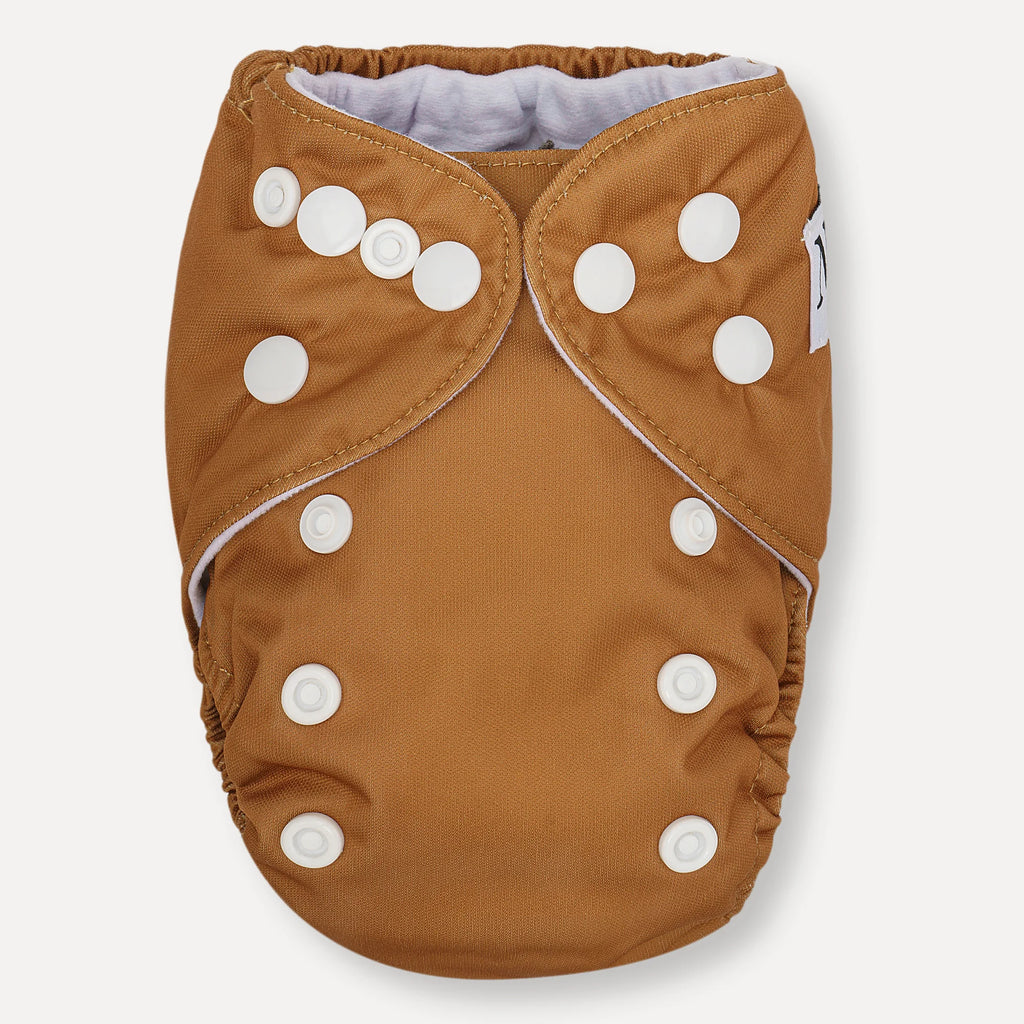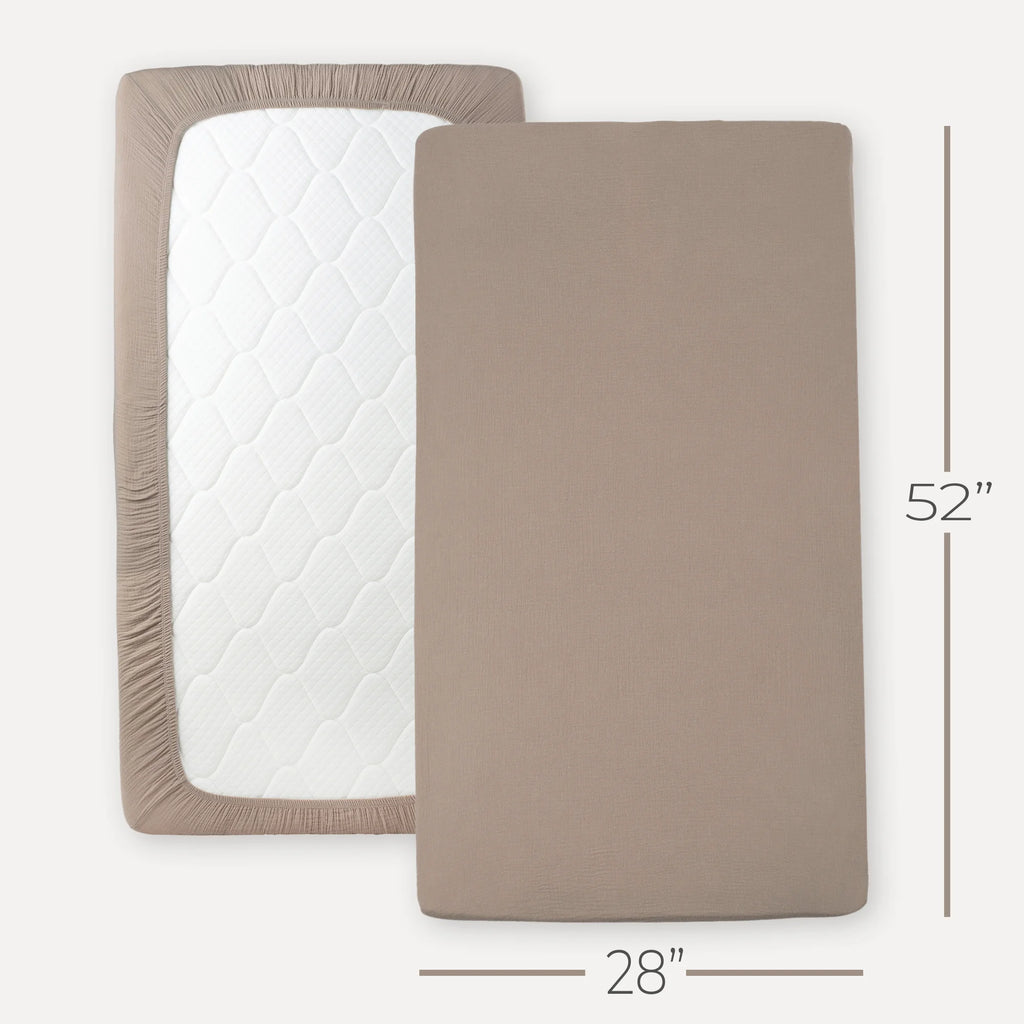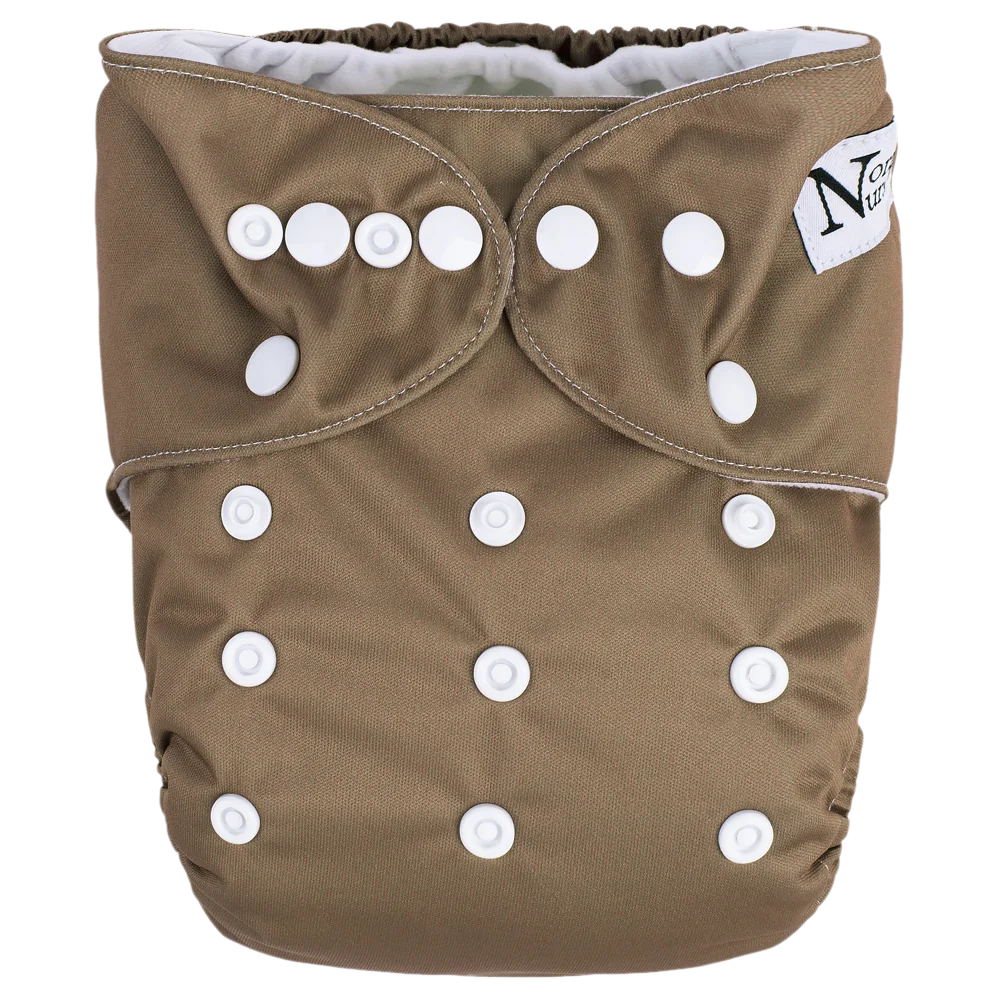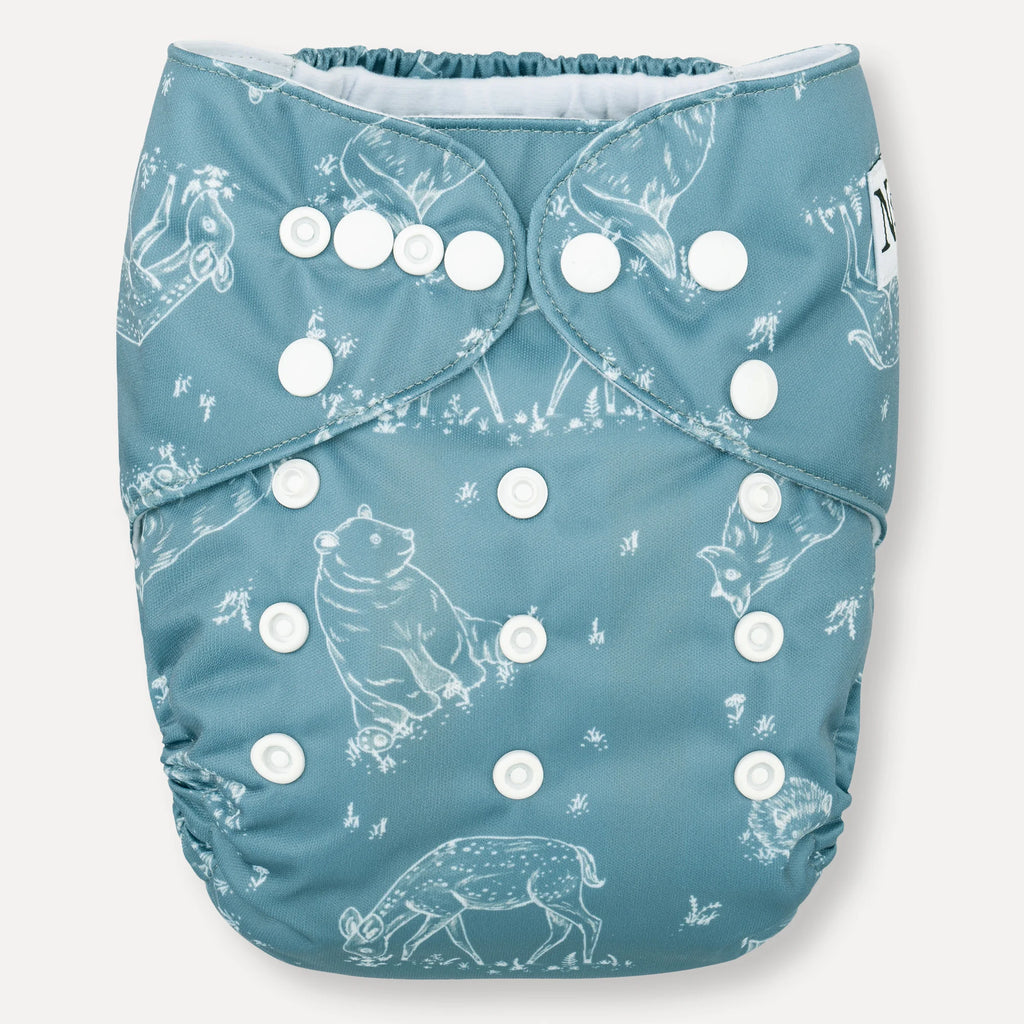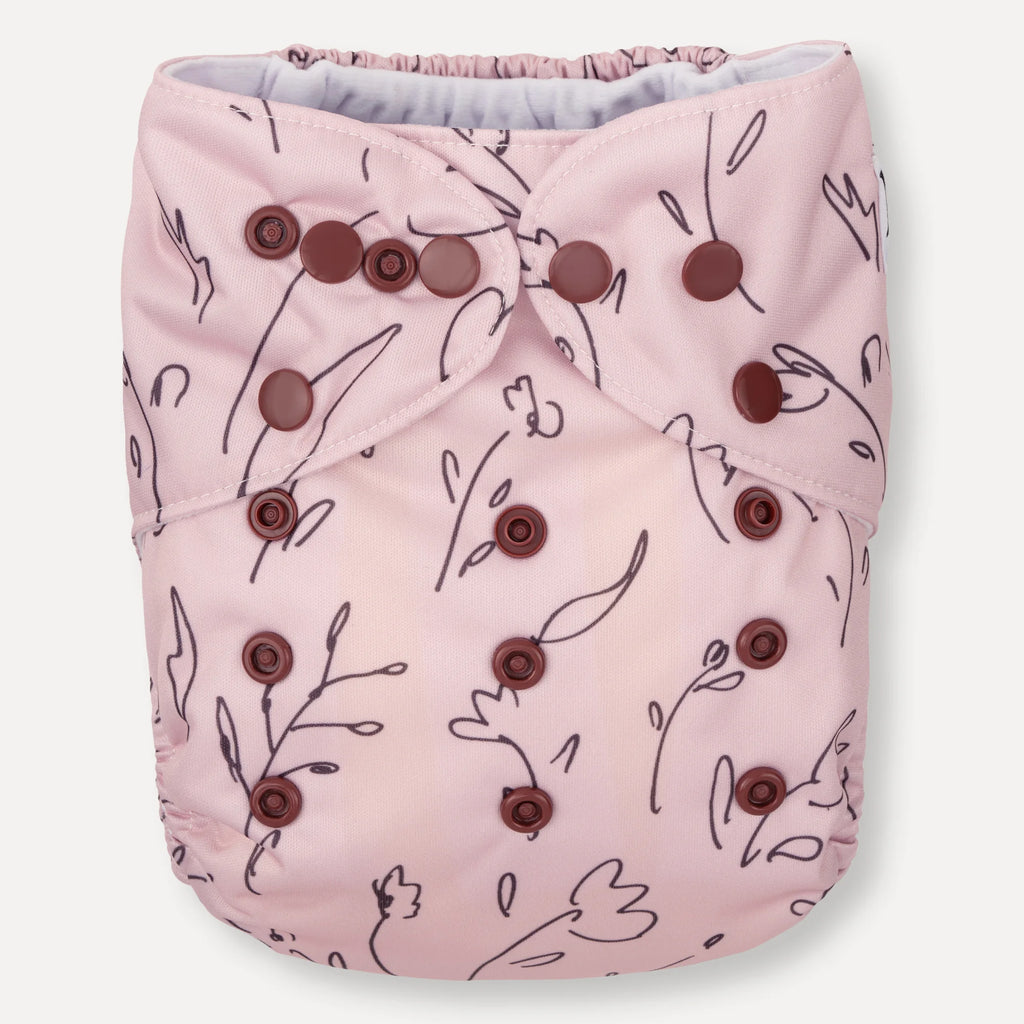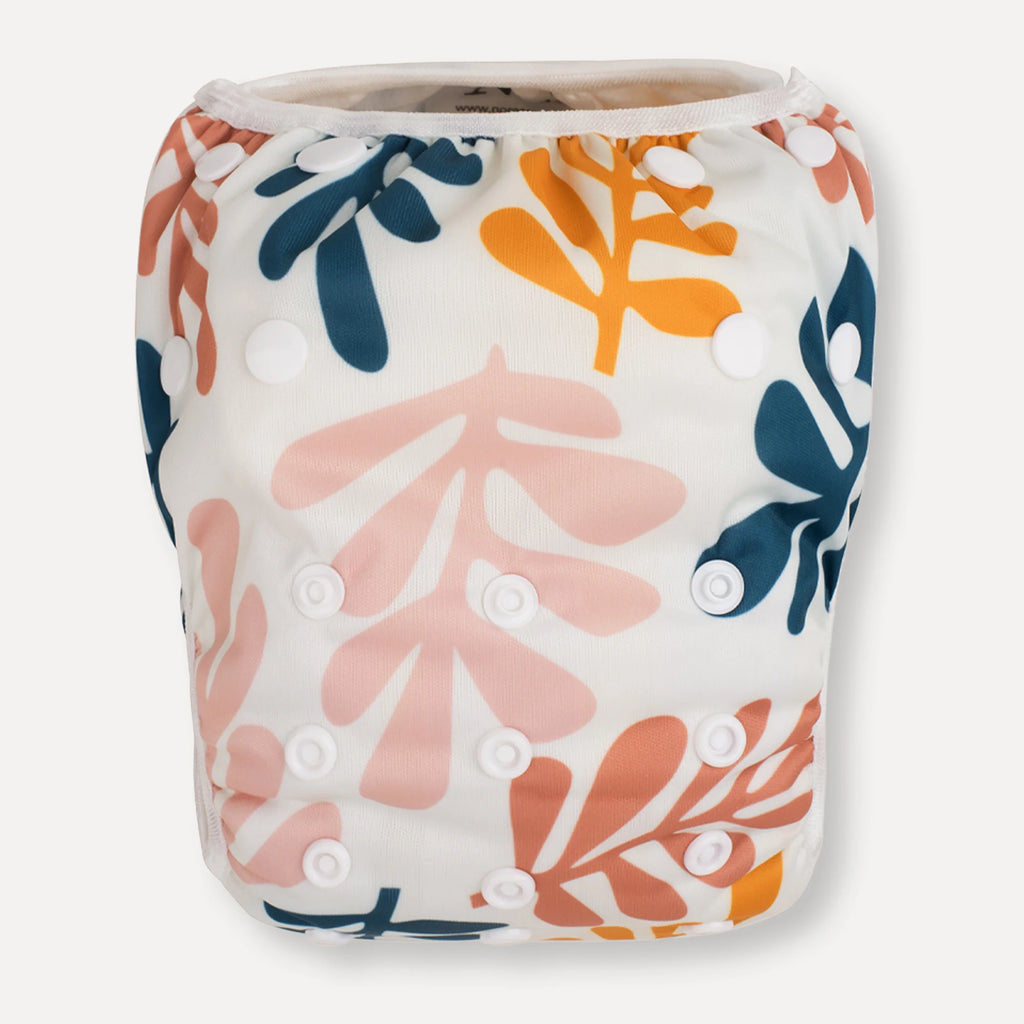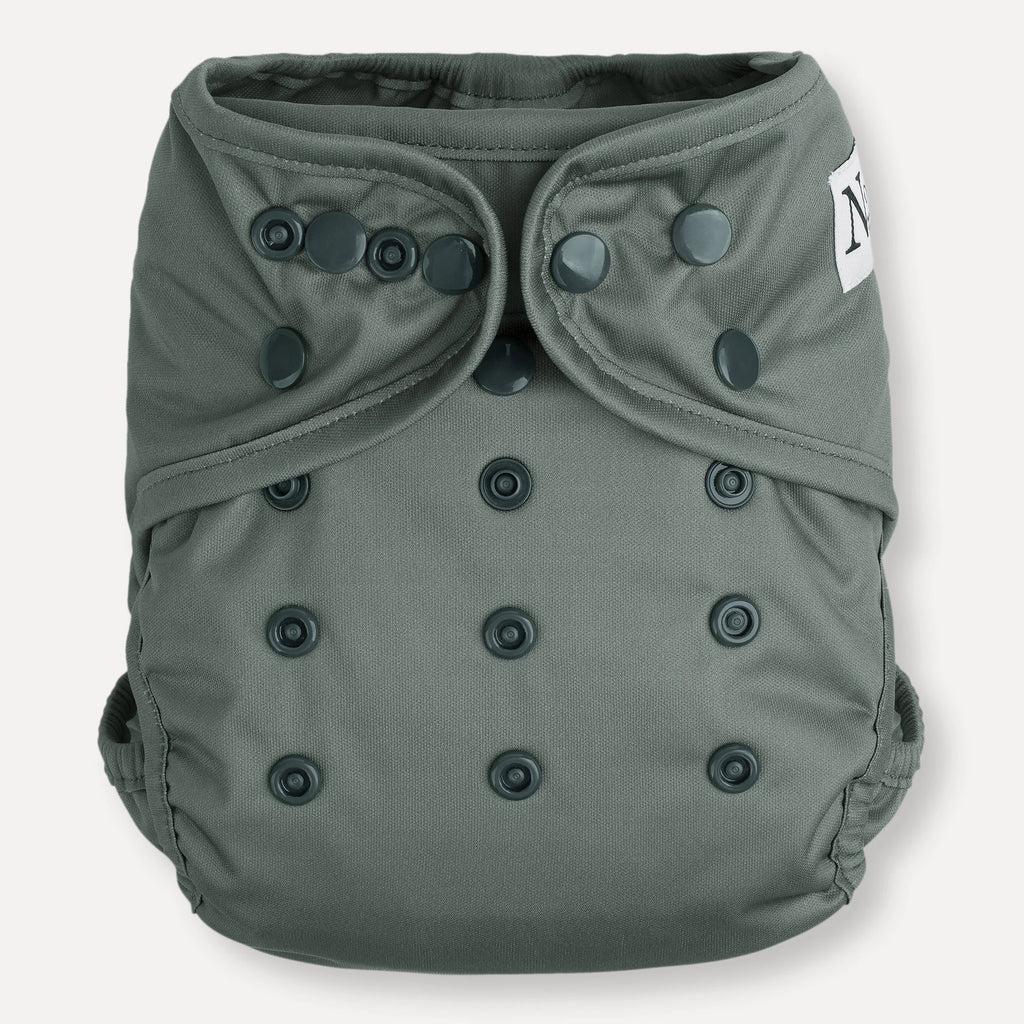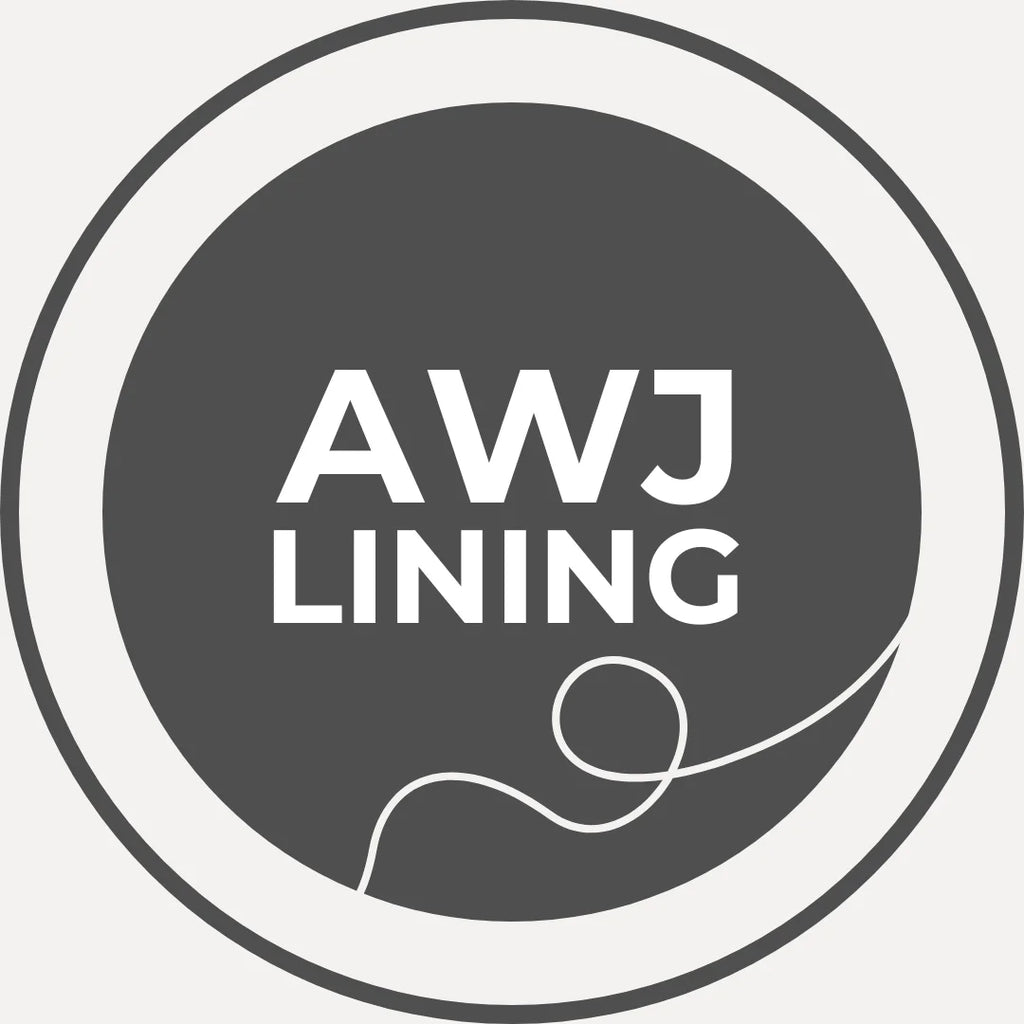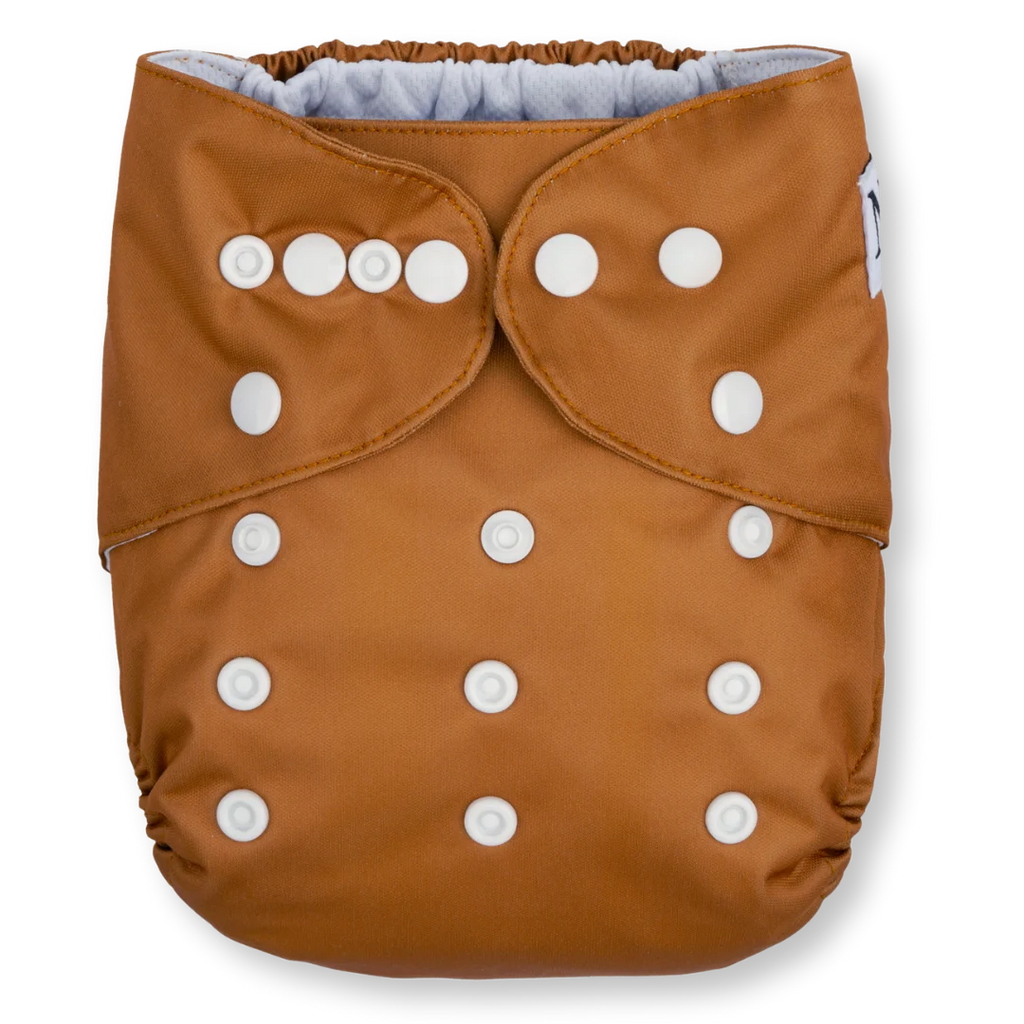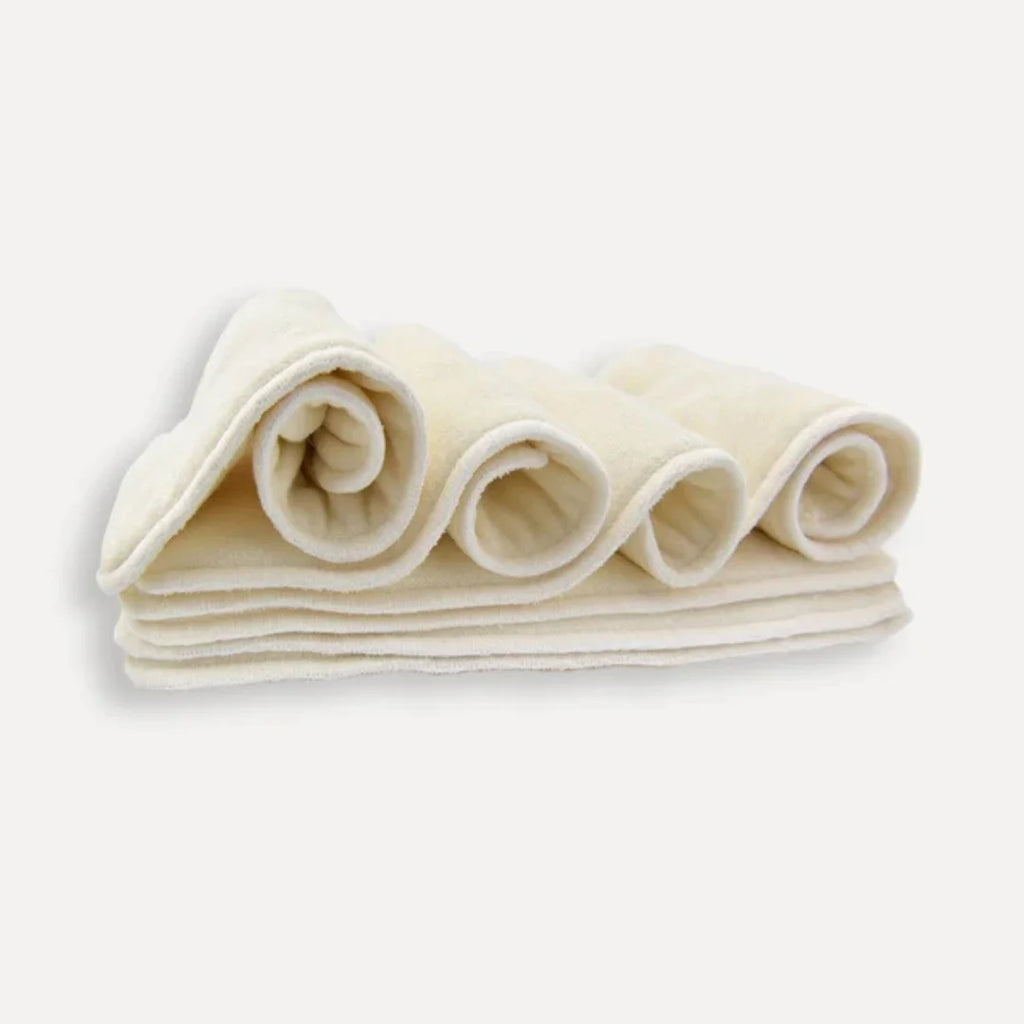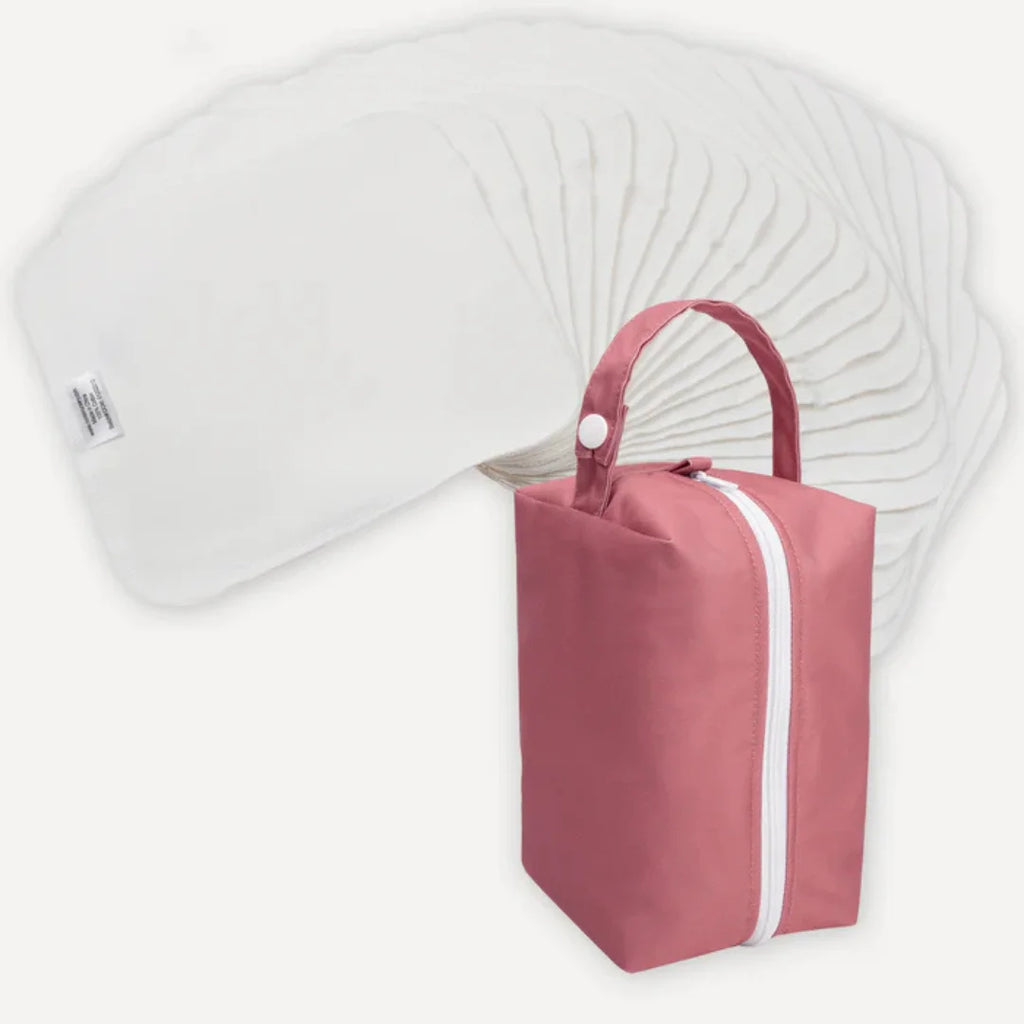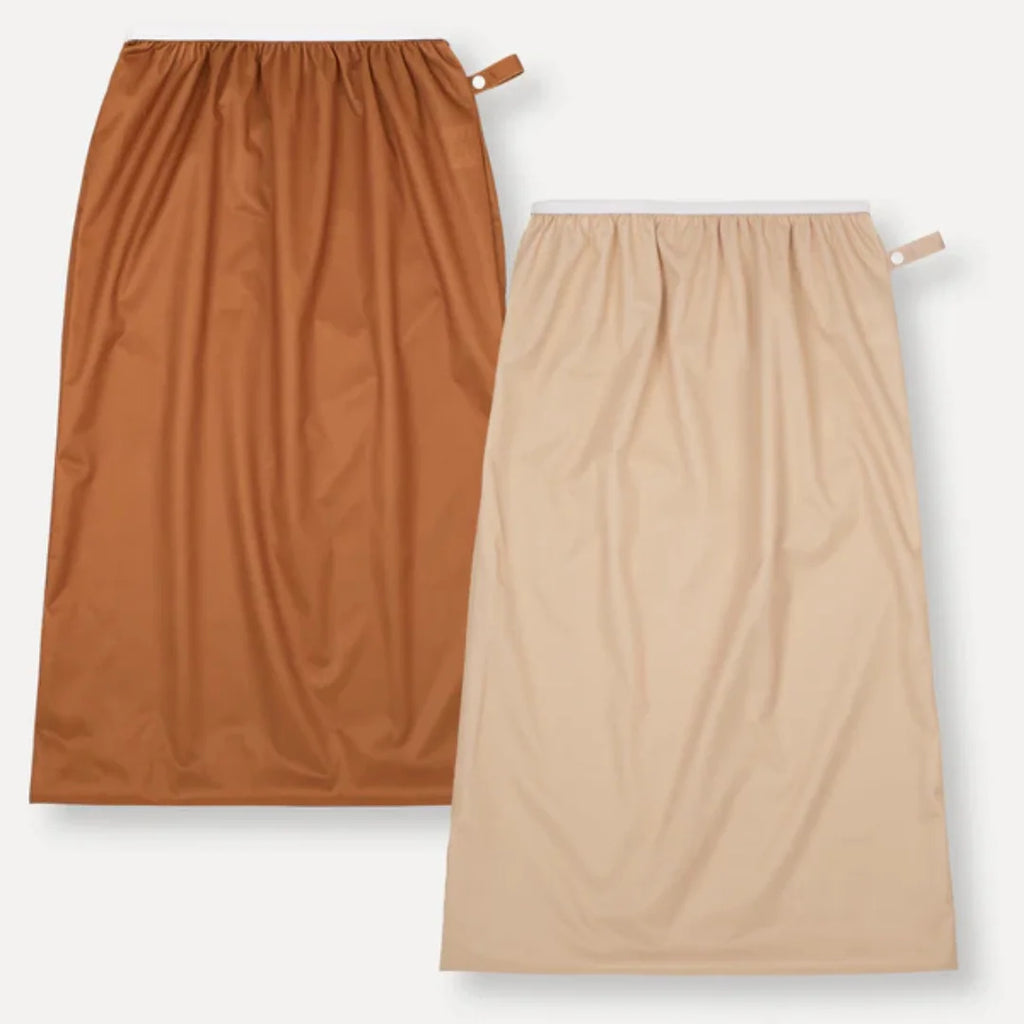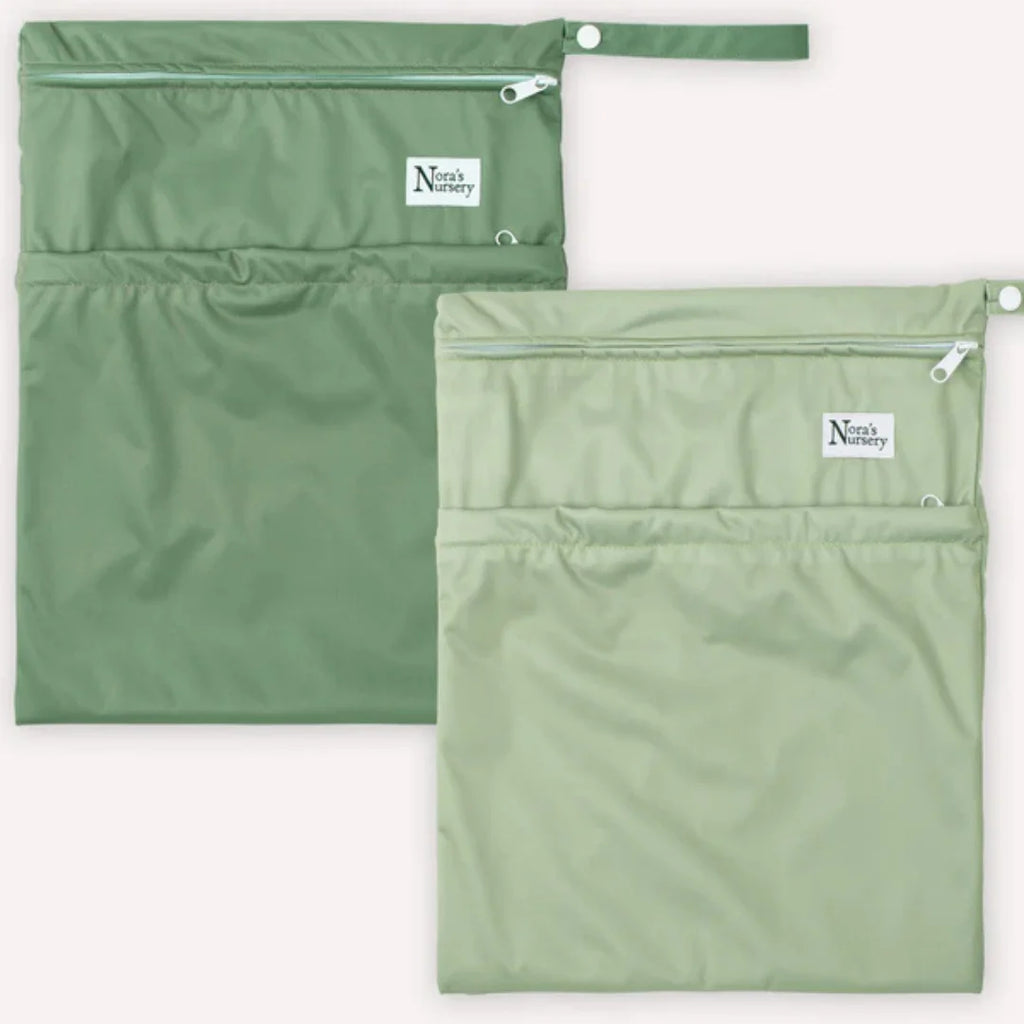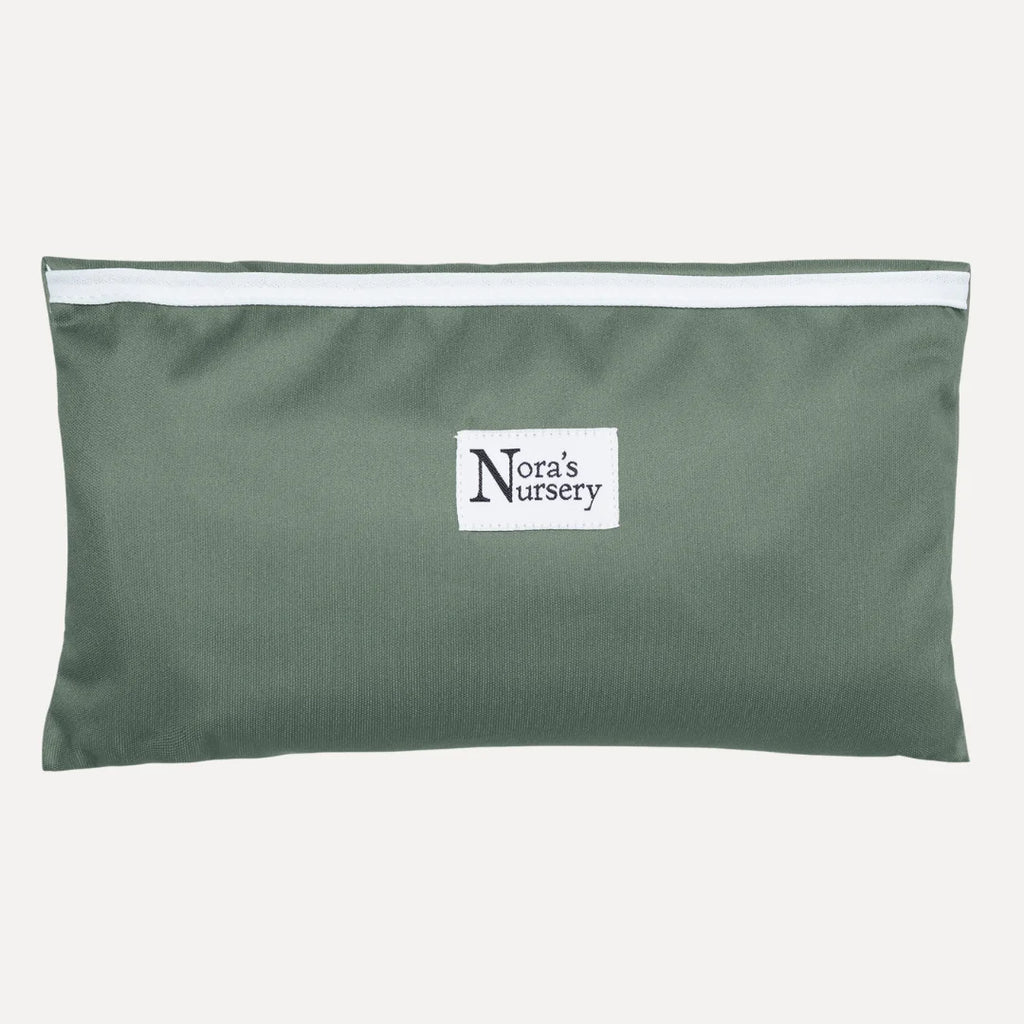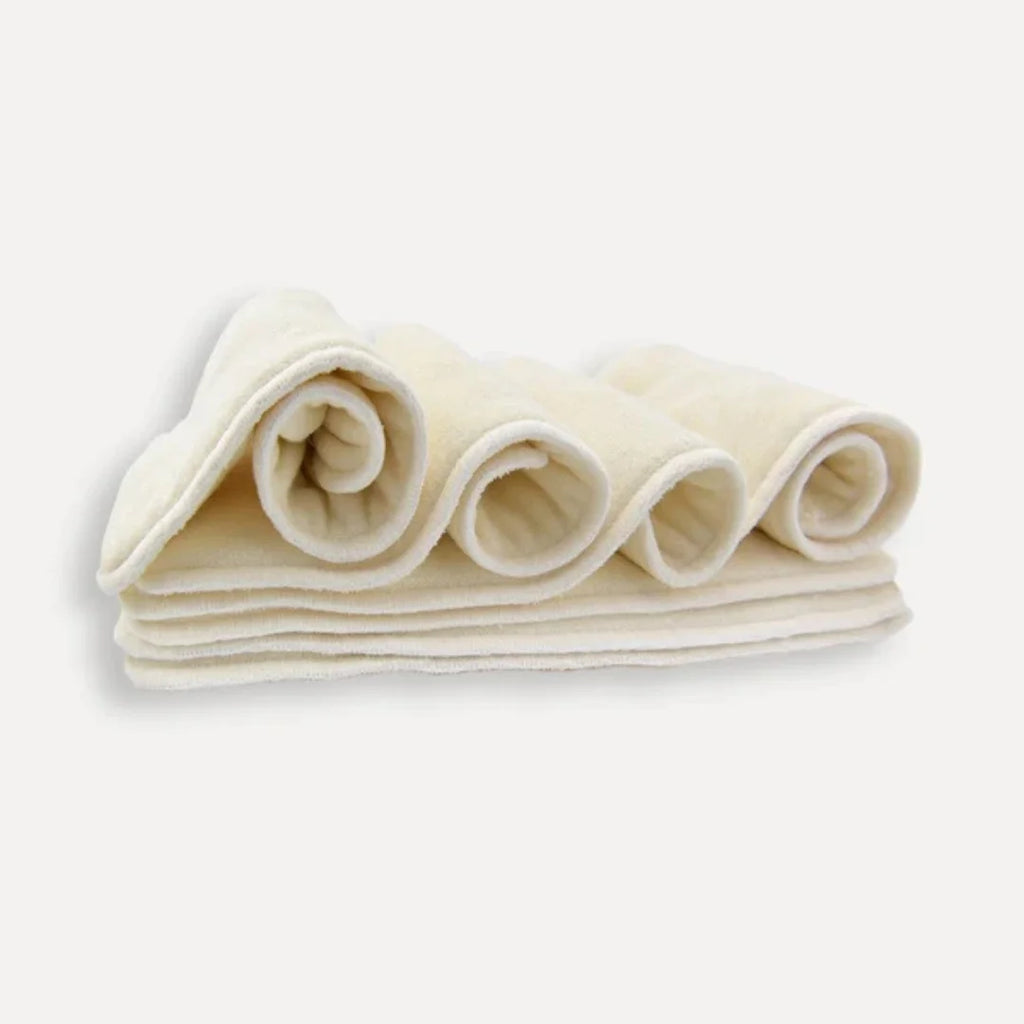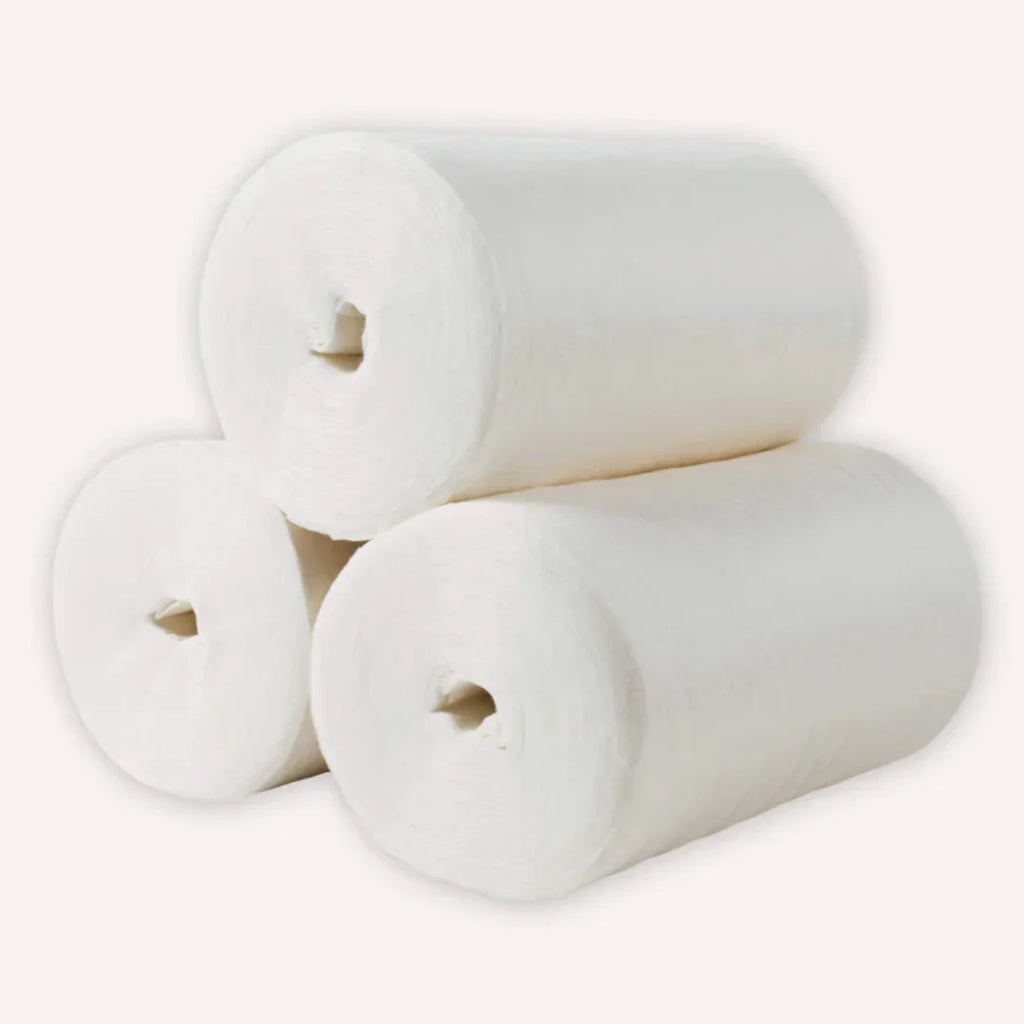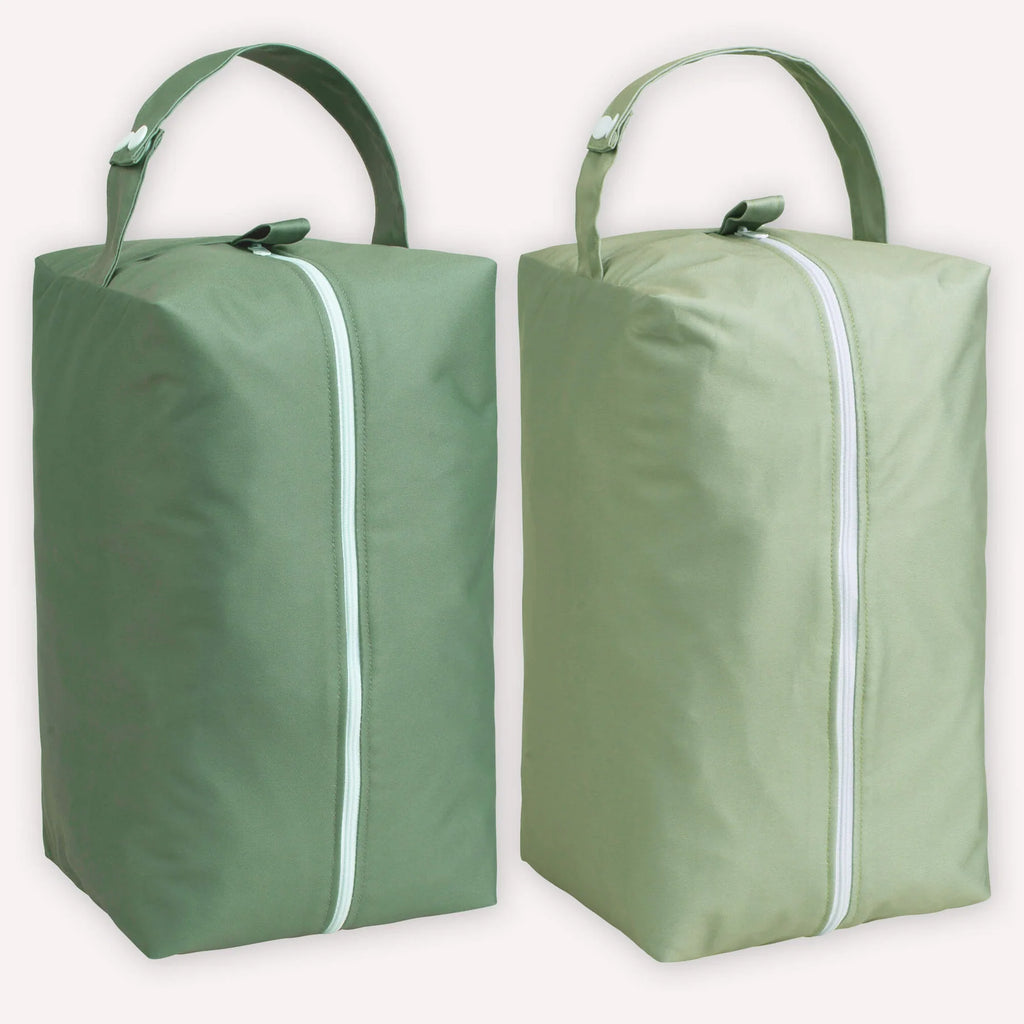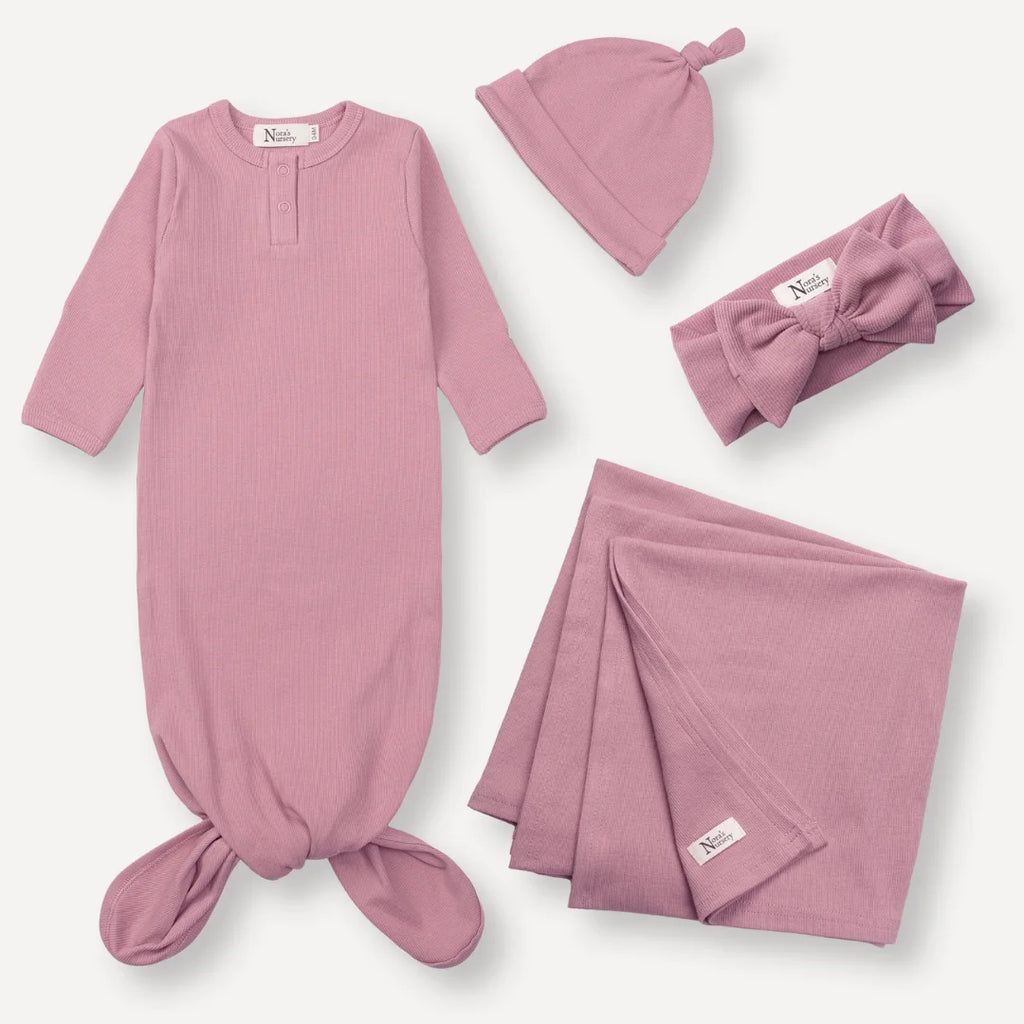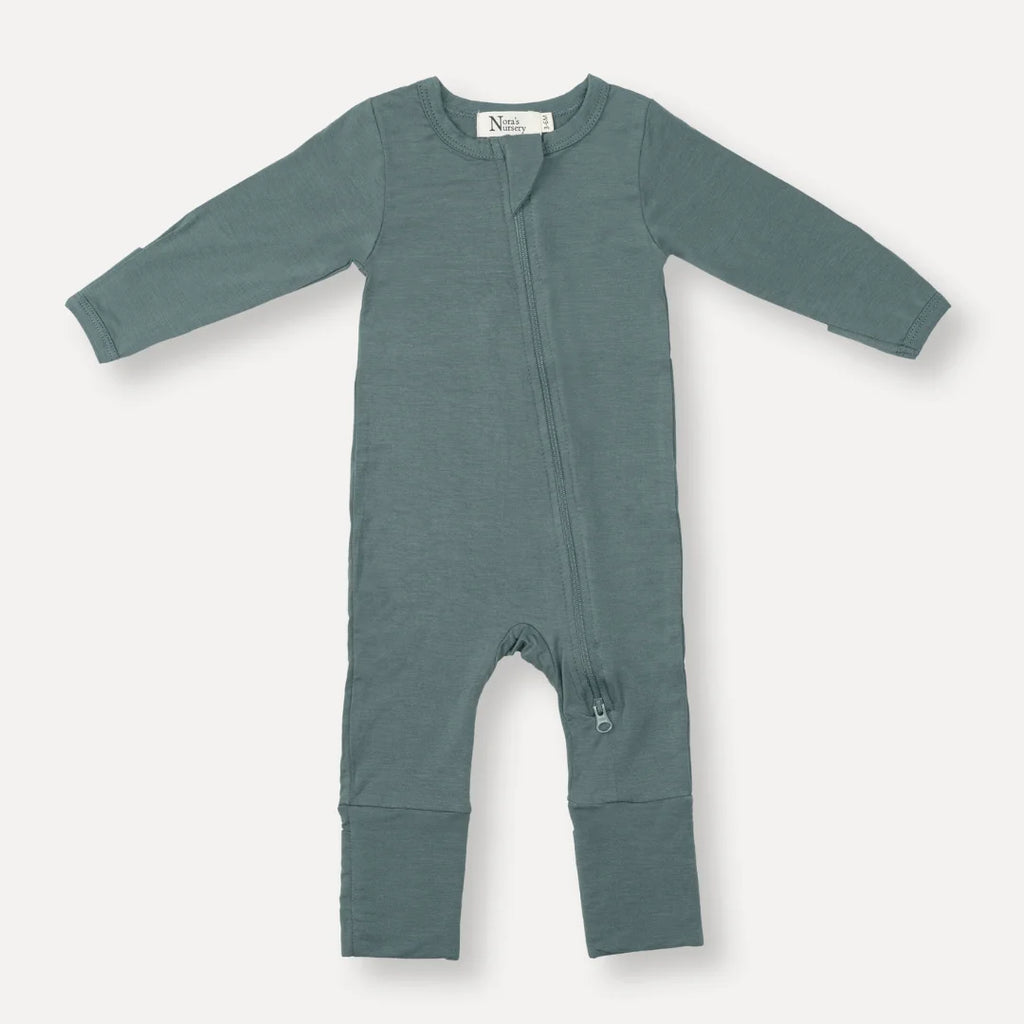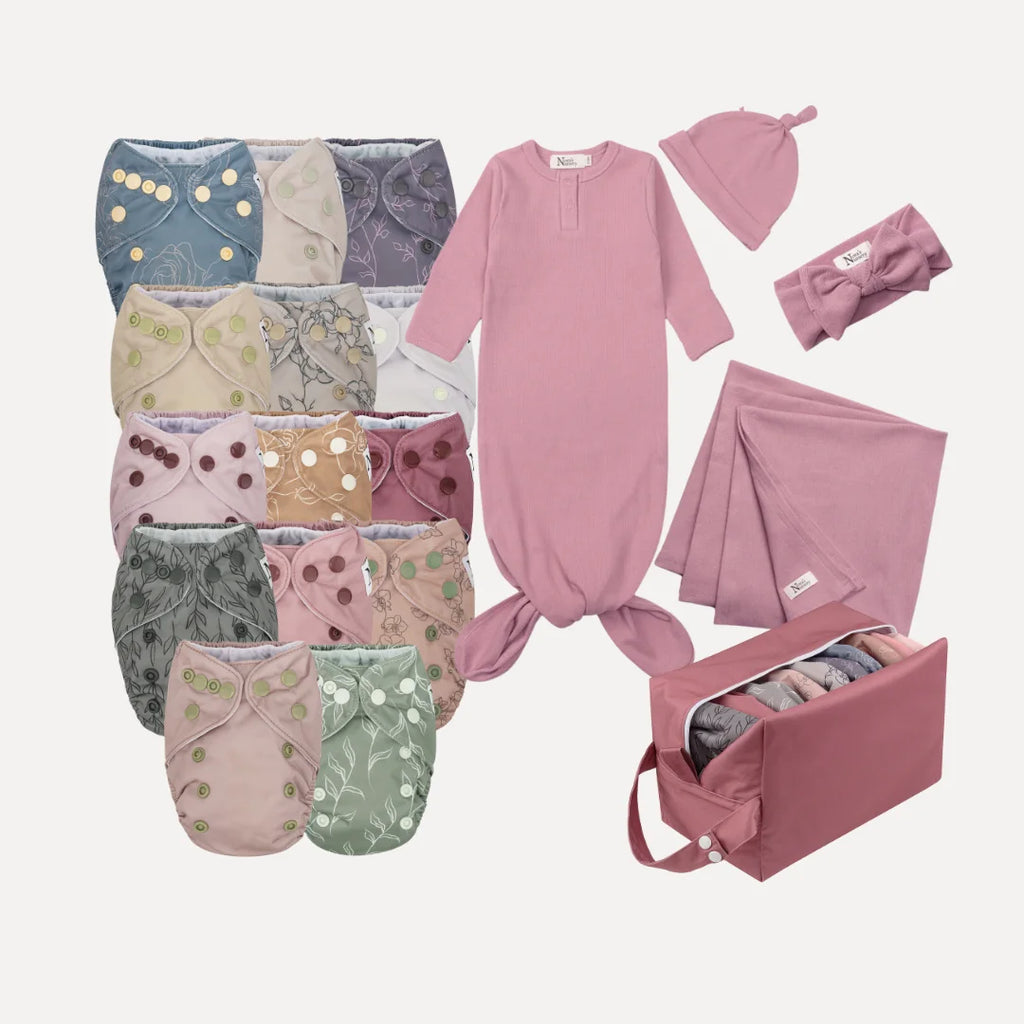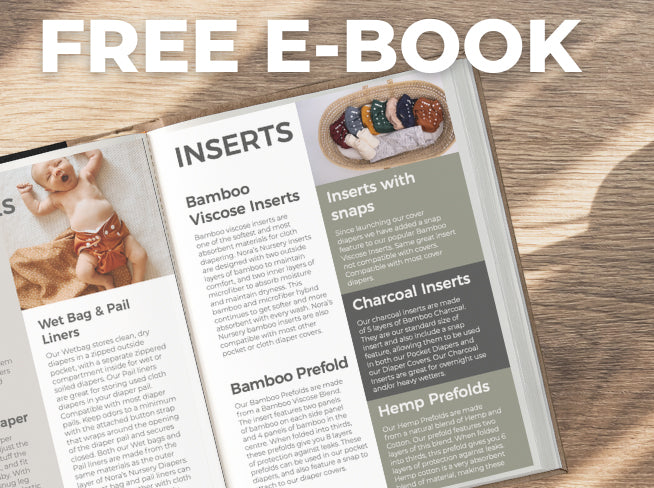🍼 Cloth Diaper Myths — Busted!
Thinking of diving into cloth diapering but heard some things that made you hesitate? We get it — there's a lot of misinformation out there! Let’s break down the top myths and set the record straight.

1. Cloth diapers are 'too' expensive.
False.
It feels that way at first — but cloth diapers are a one-time investment that can last through multiple children. When you consider the ongoing cost of disposables, cloth actually saves you money over time. Want to test the waters first? Our Try Our Diapers Kit is a great option for easing into cloth without the pressure.
Curious about cloth diapering, but not sure what it involves? You’ve heard that Cloth Diapers can be quite beneficial towards the environment, and your wallet however you’re not completely certain on how much you’ll be spending upfront. You find yourself asking “How many cloth diapers do I need?” We get it! Cloth Diapering is a bit of a learning curve, and that’s why we are here to answer all your questions about getting started with cloth diapers, how many cloth diapers you need, and what your upfront costs will look like. Check out our blog to learn more!
2. Cloth diapers are complicated and inconvenient.
False.
Gone are the days of pins and plastic pants. Modern cloth diapers are user-friendly, cute, and (dare we say?) fun. Many styles are as easy to put on as a disposable, with snaps and stretchy fits that make diaper changes a breeze.
Aside from cloth diapers, we’ve got you covered with our wide range of accessories that make cloth diapering even more convenient! From waterproof Wet Bags for storing soiled diapers on the go, to Reusable Wipes and Travel Pods for mess-free cleanup, to Diaper Pods that keep everything organized — it’s a streamlined system designed for real-life parenting.
Check out all of our accessories here!
3. Daycares won’t allow cloth diapers.
It depends.
Some don’t, but many do — especially if you show them how simple and clean your system is. A good wet bag and one-step diapers can go a long way in easing any hesitation. Even if your daycare doesn’t allow them, you can still use cloth at home — every cloth change counts!
When it's time to send your little one off to daycare, check out our blog where we share 9 tips for making the case to continue cloth outside the home
4. You have to choose cloth or disposables — not both.
False.
Cloth diapering is flexible! You can mix and match — cloth at home, disposables while traveling or overnight, or any combo that works for you. It’s not all or nothing.
When it comes to choosing the best diapering option for your little one, you may be seeing that more and more parents are turning to cloth diapers—and for good reasons! Cloth diapers offer numerous benefits that not only support the health and comfort of babies but also promote sustainability and cost savings for families. Read more about the transition to cloth diapering here!
5. You can’t use regular detergent on cloth diapers.
False.
Good news: you can use many mainstream detergents, just as long as they are cloth diaper safe. Cloth diaper safe detergents don't have fabric softeners, soap, oils, or other ingredients that can cause buildup in your diapers.
In choosing the best detergent for cloth diapers, look for detergent with high concentrations of surfactants. Surfactants help break up stains and disperse dirt that otherwise wouldn’t dissolve in water, which is why they are important in a detergent for soiled cloth diaper laundry.
Tide, OxiClean, and Gain are all brands that come to the top of our lists for their strong cleaning power against soiled diapers. If you want to learn more, or you’re still unsure, or want to see our top cloth diaper safe recommendations, check out our 'Best Detergents for Cloth Diapers Blog'
6. Bleach will ruin your diapers.
False.
Used occasionally and correctly, bleach can be a helpful tool. It’s especially useful for sanitizing used diapers or dealing with yeast, buildup, hard water issues, and ammonia. Just don’t overdo it — it’s not meant for everyday use, but it won’t ruin your diapers if used as needed.
Needing to give your diapers a reset? Check out our stripping and restoring blog.
7. Cloth diapers aren’t environmentally friendly.
False.
While both cloth and disposables have environmental impacts, cloth diapers reduce landfill waste (those disposables take 500+ years to decompose!). And with efficient laundry practices, the water and energy used to wash cloth is minimal in comparison to producing and discarding thousands of disposables.
When you compare the impact on the environment of a handful of reusable cloth diapers, and sustainable products to the staggering amount of raw materials involved in manufacturing 6000+ disposable diapers, and accessories from birth to potty-training and the overwhelming amount of trash & plastic and other chemicals that will sit in a landfill for 500+ years, cloth diapers are the clear winner of the sustainability contest.
Modern cloth diapers have come a long way, offering convenience, comfort, and sustainability for parents, and families. Learn more about the benefits of cloth diapers, both for your wallet, and the environment.
8. Vinegar is the miracle fix for all diaper issues.
False.
Vinegar is a natural fabric softener. It has its place (like softening water or breaking down bubbles), but it’s not a disinfectant, hard water softener, and it can cause damage over time if used in high amounts.
- Using it in already acidic water can harm your elastics. So yes, vinegar can help — but only if your water conditions are right.
- It is a fabric softener, not a water softener. If used too much it can cause buildup in your diapers. If you have hard water, look into a water softener!
9. You can’t dry PUL diaper covers in the dryer.
False.
You totally can! To lengthen the lifespan of your diapers, your best bet is to tumble dry on a delicate or low heat setting. Hang drying cloth diapers is also a great way to protect your diapers and save energy! When drying cloth diapers, avoid dryer sheets as this can cause residue build-up.
TIP: hang drying cloth diapers outside in the sun not only helps dry your diapers quickly, but the sun is a tried and tested way to remove stubborn stains!
Need help curating the perfect wash routine for your cloth diapers? Check out Washing 101 for tips on prepping, washing, drying, and everything in between.
10. Cloth diapers cause more diaper rash.
False.
In fact, many parents find the opposite. Cloth diapers don’t contain the chemicals that disposables do, and babies tend to get changed more often when using cloth (since they can feel the wetness), which can actually reduce the chance of rashes.
If you are dealing with diaper rash, they can develop for a number of reasons, from teething to illness to sensitivities to foods, fabrics, materials, and detergents. It is important to first try to determine the root cause of a rash and deal with it accordingly. Change baby frequently, and give baby’s bum plenty of diaper-free time and warm soaking baths to ease discomfort and speed up healing.
Read more about the causes of diaper rash, how to prevent it when using cloth diapers, and our top cloth diaper safe diapers creams here

✨ Whether you're all-in on cloth or just cloth-curious, we’re here to support you — no judgment, no pressure. Diapering should work for your family, not stress you out. And we hope busting these myths helps you feel more confident on your journey!
See our entire 'How-To' section with helpful blogs and recourses as you go through your cloth diapering journey // Check out 'Getting Started With Cloth' to learn more about cloth diapers, and what we offer here at Nora's!
Resources:
9 Common Myths About Cloth Diapers
Cloth Diapering Myths Debunked


